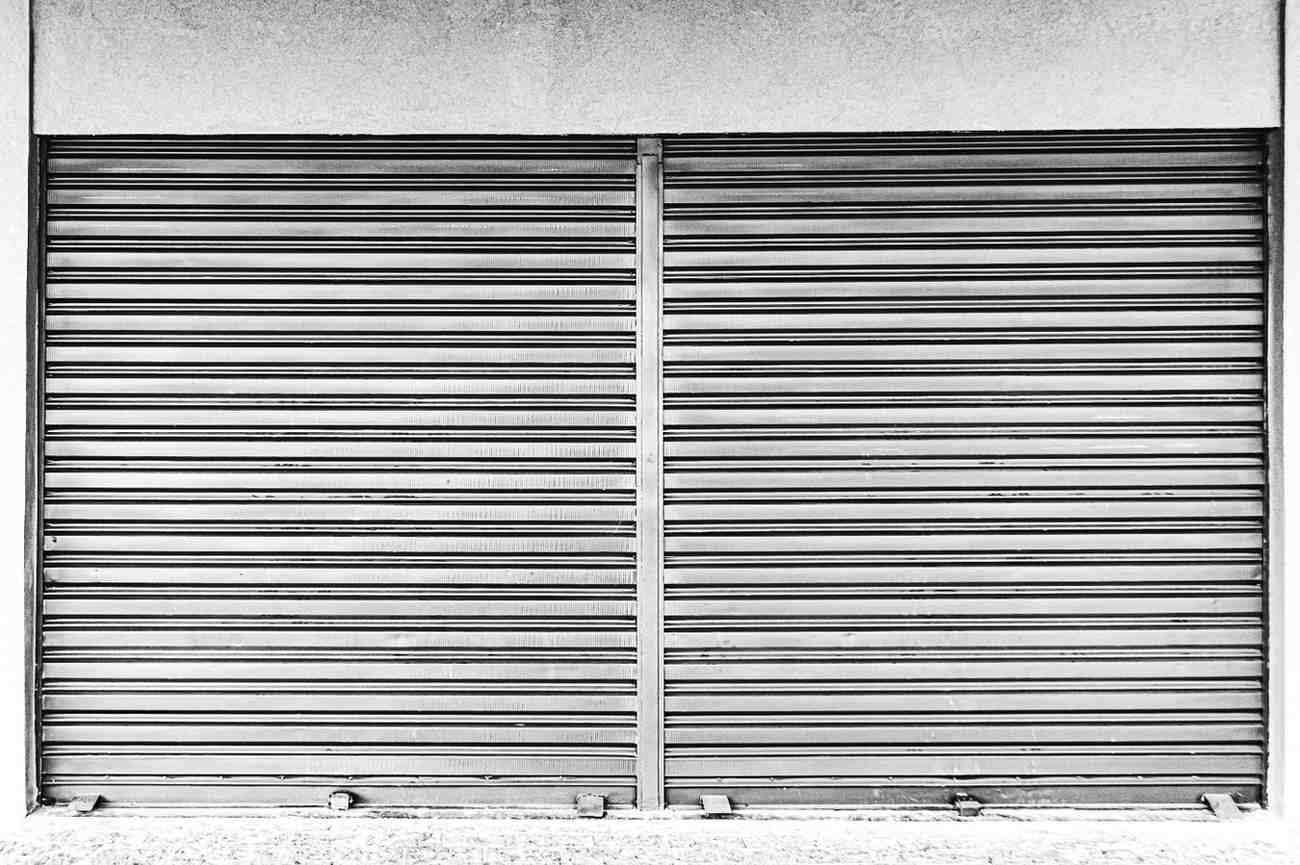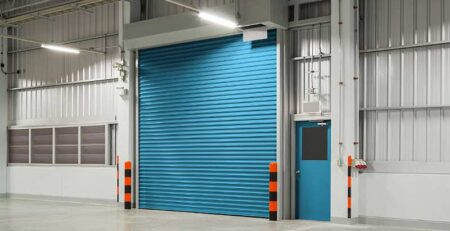Motorized Rolling Shutter Maintenance Checklist
Automated roll shutters are a great time-saving and secure option for warehouses, shops, and commercial venues. Shutters save time, help make you secure, and can all be opened with the ease of a switch or remote. However, like all mechanical systems, shutters need proper maintenance to ensure proper and smooth operations while avoiding an unexpected breakdown.
If you want an easy Motorized Rolling Shutter Maintenance Checklist to follow, this handbook will take you through every step in detail. From lubrication and inspection to troubleshooting and service, you’ll see how to keep your shutter running at its best and prolong its lifespan.
Why Maintenance is Important for Motorized Shutters
Neglecting regular maintenance leads to high repair bills or even safety risks. A neglected shutter can jam, make loud noises, or apply additional stress to its motor. However, adherence to a routine Motorized rolling shutter maintenance manual guarantees:
- Smoother operation free of jerks and noise
- Increased motor and gear life
- Less risk of breakdowns
- Improved staff and customer safety
- Savings in money through avoiding emergency repairs
Consider maintenance as preventive care, small steps today avoid larger problems tomorrow.
The Must-Do Motorized Rolling Shutter Maintenance Checklist
Here’s a systematic list to assist you in keeping your shutter in flawless working order.
1. Routine Visual Inspection
Have a quick electric roller shutter check once or twice a month. Check for:
- Dents or bends in the shutter curtain
- Loose or misaligned side tracks
- Rust or corrosion signs
- Wear on guide rails or brackets
- Early detection avoids them from growing into larger issues.
2. Check the Motor and Controls
- Your shutter’s heart is the motor. Under motorised shutter maintenance tips:
- Operate the shutter completely up and down to ensure a smooth sliding shutter
- Listen for abnormal grinding and humming noises
- Trial manual override procedures in the event of a power outage
- Check the responsiveness of the remote or wall switch
If the motor is working hard or stalling, it might be in need of servicing.
3. Lubrication and Cleaning
Shutter lubrication and cleaning in the right manner maintain the efficient moving parts.
- Remove clean dust and debris from tracks and slats
- Apply light machine oil or silicon-based lubricant to guide rails and bearings
- Don’t use heavy grease that gathers dirt
- Clean the shutter curtain to avoid grime buildup
This process eliminates friction and wear, hence a quieter and more durable shutter.
4. Safety System Check
Shutters today may also come with safety features such as auto-stop sensors or emergency brakes. Add an industrial shutter safety checklist to your regular routine:
- Test the sensor by putting something in the path of the shutter
- Make sure the auto-stop works properly
- Check emergency release cords or levers
Safety checks are particularly critical in high-traffic commercial and industrial environments.
5. Tightening of fasteners and hardware
Sloppy screws, bolts, or brackets can get the shutter out of balance. Every few months:
- Tighten all accessible fasteners
- Check mounting brackets for stability
- Check roller axles for alignment
This preventive measure lowers the shutter misalignment risk due to suddenness.
6. Electrical Connections and Wiring
During electric shutter troubleshooting:
- Check wiring for wear, cuts, or burn marks
- Double-check that connections at the switch and motor are tight
- Contact a trained technician if sparks, overheating, or burning odours are present
Electrical problems never need to be overlooked because they can ruin the motor or create safety hazards.
7. Professional Maintenance Schedule
Though routine maintenance can be performed in-house, organise a roller shutter maintenance schedule with a professional every half-year. They can:
- Carry out thorough testing of the motor and gears
- Change worn-out components before breakdown
- Tighten spring tension for frictionless movement
- Offer a comprehensive commercial rolling door maintenance report
Professional servicing keeps your shutter safe and performing at its best.
Preventive Maintenance for Shutters: When?
Here’s an easy-to-remember schedule:
- Monthly: Visual check, test controls, clean tracks
- Quarterly: Lubrication, hardware tightening, sensor checks
- Every six months: Complete servicing by a professional
- As needed: Diagnostic and simple repairs
This regular schedule finds the balance between cost and efficiency, making your shutter a reliable choice throughout the year.
Conclusion
A well-cared-for shutter is safe, effective, and long-lasting. Utilize the Motorized Rolling Shutter Service and Maintenance Checklist to avoid unplanned shutdowns, repair costs, and enjoy continued smooth in day-to-day parlance.
If you are a shop owner, warehouse operator, or commercial property owner, do not wait for a shutter break. Plan for some preventative maintenance and service as routine maintenance.
Need professional assistance with shutter maintenance or repair? Get in touch with an experienced technician today to arrange a scheduled maintenance program and have your shutters functioning like new.






Leave a Reply